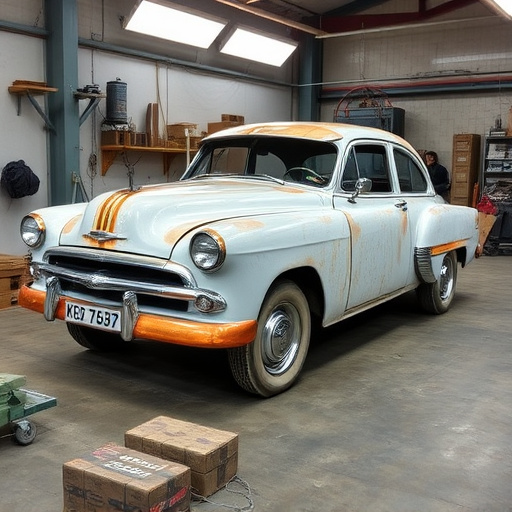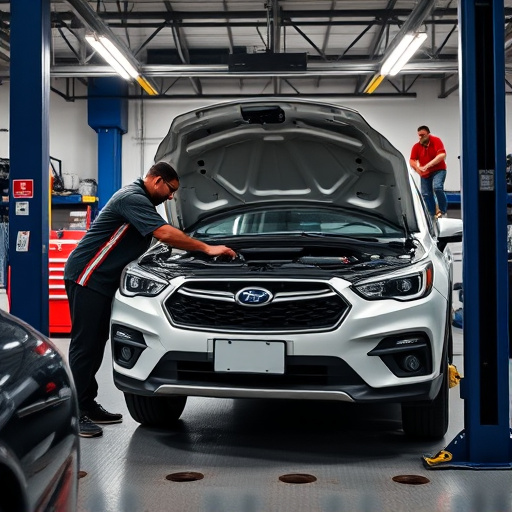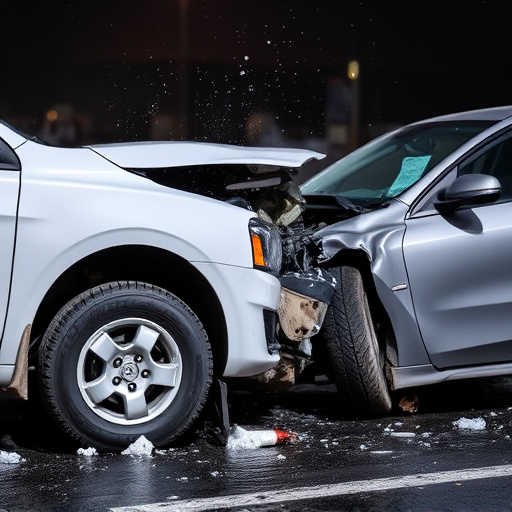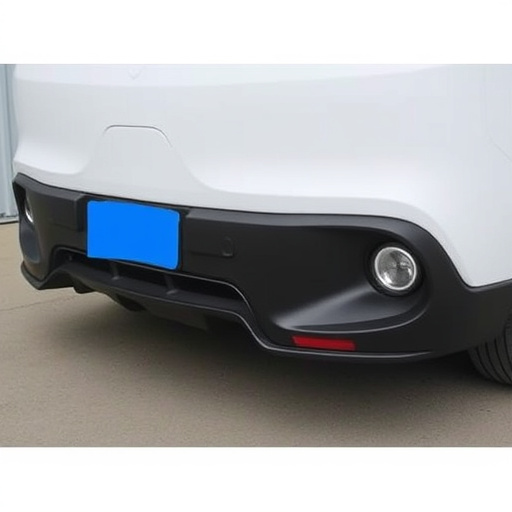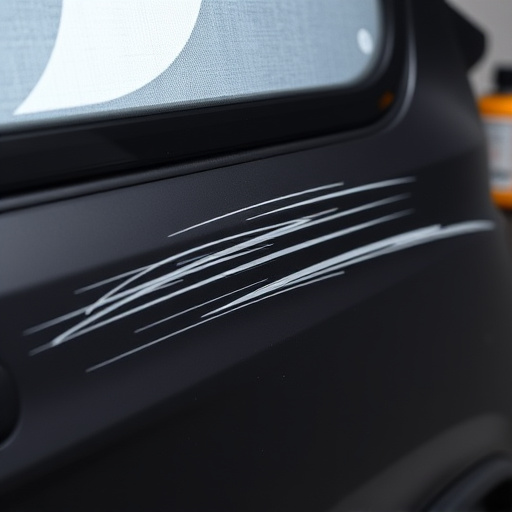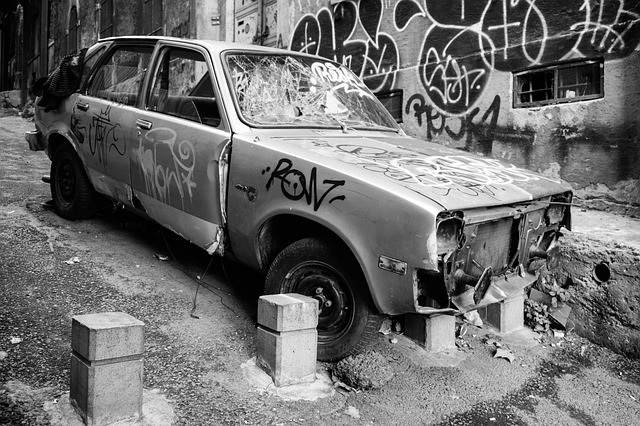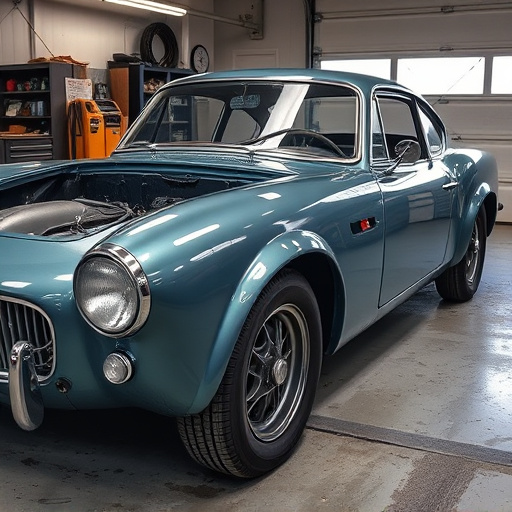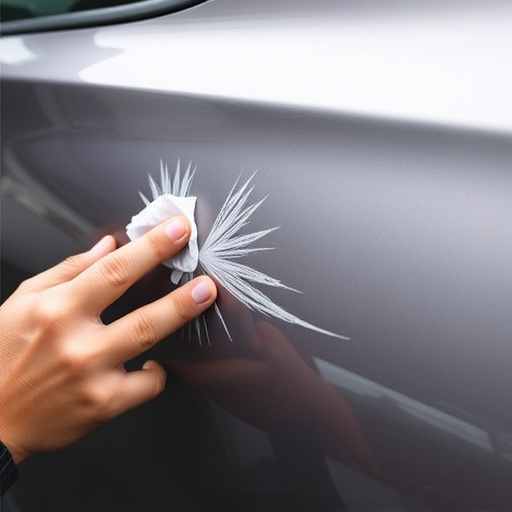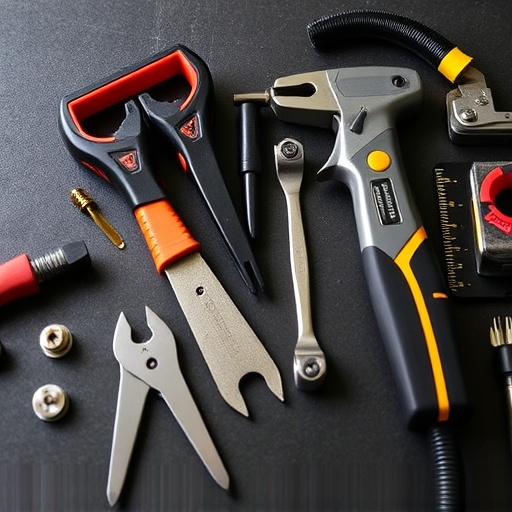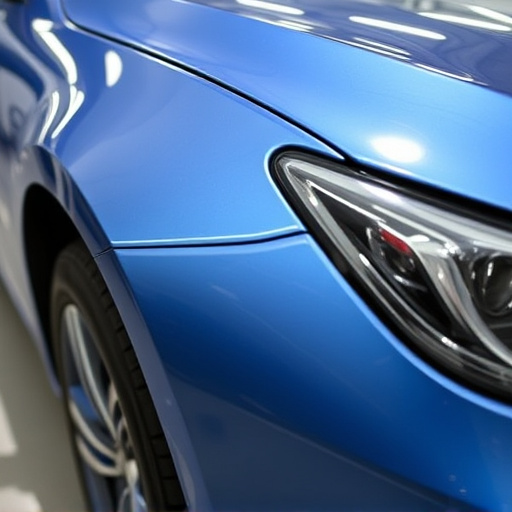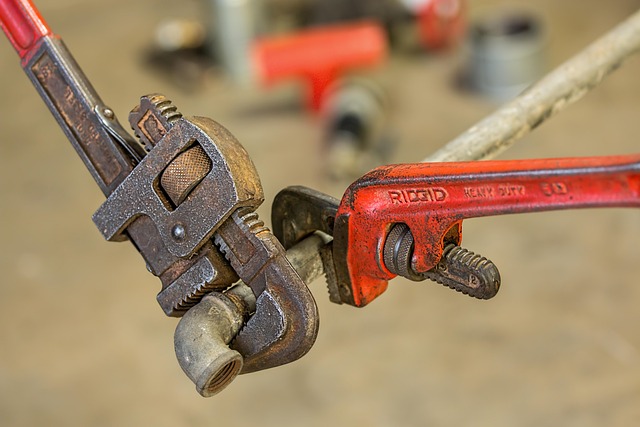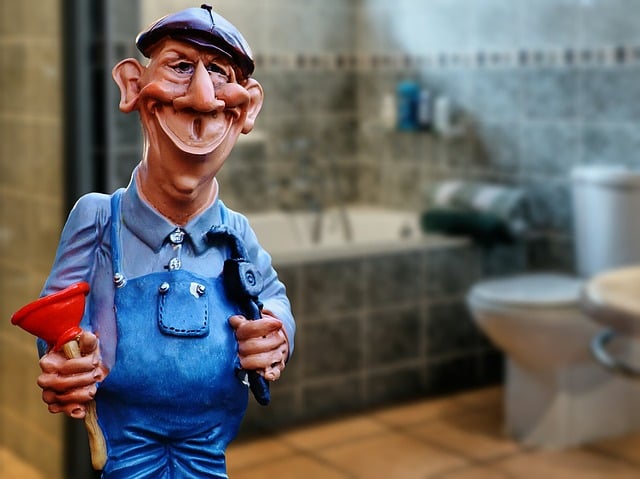Mercedes structural adhesives are key for Original Equipment Manufacturer (OEM) repairs, offering strong bonds surpassing original part performance and enduring extreme conditions. Choosing the right adhesive for material compatibility, environmental factors, and bonding needs ensures optimal strength for safety and durability in dent and hail damage repair. Their versatility allows precise reconstruction without visible weld marks, but proper surface preparation and application technique are crucial. These adhesives revolutionize repairs, providing safer, aesthetically pleasing, and longer-lasting results.
Mercedes structural adhesives play a pivotal role in original equipment manufacturer (OEM) structural repair procedures, ensuring the safety and durability of vehicles. This article delves into the understanding, selection, application, and advantages of these specialized adhesives, highlighting their key contributions to modern automotive repairs. By exploring best practices and addressing challenges, we uncover how Mercedes structural adhesives enhance structural integrity, making them indispensable in the industry.
- Understanding Mercedes Structural Adhesives: Key Role in OEM Repairs
- Selection and Application: Best Practices for Optimal Bonding
- Advantages and Challenges: Enhancing Structural Integrity with Adhesives
Understanding Mercedes Structural Adhesives: Key Role in OEM Repairs

Mercedes structural adhesives play a pivotal role in Original Equipment Manufacturer (OEM) structural repair procedures. These specialized adhesives are designed to bond various components within a vehicle, ensuring strength and durability equal to or even surpassing the performance of the original parts. When it comes to repairs, whether involving bumper restoration, auto glass replacement, or complex vehicle bodywork fixes, Mercedes structural adhesive offers a reliable solution.
Their key function is to create robust connections between metal, plastic, and composite materials commonly found in modern cars. The precision and expertise required for application are crucial, as these adhesives must withstand varying environmental conditions, from extreme temperatures to exposure to chemicals. By utilizing the right Mercedes structural adhesive, auto repair shops can guarantee not just effective repairs but also long-lasting performance, maintaining the vehicle’s structural integrity and safety standards.
Selection and Application: Best Practices for Optimal Bonding

When selecting a Mercedes structural adhesive for OEM structural repair procedures, it’s crucial to consider factors like compatibility with materials, environmental conditions, and the specific bonding requirements of the repair. The best practice involves matching the adhesive to the substrate, ensuring proper surface preparation, and adhering to manufacturer guidelines. Using the correct Mercedes structural adhesive ensures optimal bonding strength, which is paramount for safety and durability in repairs, including dent removal and hail damage repair.
Application techniques play a significant role in achieving maximum bond strength. Proper surface cleaning, degreasing, and drying are essential pre-application steps. For automotive restoration work, precise application methods, such as using the right tools and following recommended curing times, are vital to ensure the adhesive sets correctly. This meticulous approach, combined with the right Mercedes structural adhesive, is key to achieving long-lasting results in both minor dent removal and more extensive hail damage repair procedures.
Advantages and Challenges: Enhancing Structural Integrity with Adhesives

Mercedes structural adhesives play a pivotal role in enhancing the structural integrity of vehicles, especially during original equipment manufacturer (OEM) structural repair procedures. One of the primary advantages is their ability to provide strong, durable bonds that rival or even surpass traditional welding methods. This is particularly beneficial for car paint repair and car damage repair processes, where precision and minimal disruption to the vehicle’s aesthetics are paramount. Adhesives offer a more versatile approach to car bodywork services, allowing for complex repairs and precise reconstruction of damaged panels without leaving visible weld marks.
However, incorporating Mercedes structural adhesives into repair procedures also presents certain challenges. Ensuring proper surface preparation and compatibility between the adhesive and the materials being joined is crucial for achieving optimal bond strength. Moreover, mastering the application technique to avoid bubbles, excess residue, or uneven distribution can be a delicate task. Despite these challenges, the advantages of using high-quality structural adhesives in car bodywork services are undeniable, as they contribute to safer, more aesthetically pleasing, and longer-lasting repairs.
Mercedes structural adhesives play a vital role in original equipment manufacturer (OEM) structural repair procedures, offering enhanced bonding strength and durability. By understanding the key characteristics of these adhesives and adhering to best practices during selection and application, automotive professionals can ensure optimal performance and restore vehicle structural integrity. While challenges exist, such as compatibility and environmental factors, the advantages of using Mercedes structural adhesives in OEM repairs are undeniable, making them a reliable game-changer in the industry.

